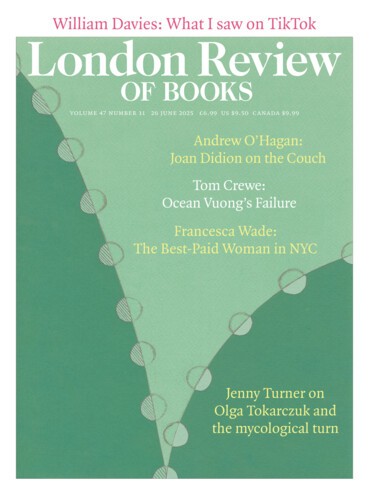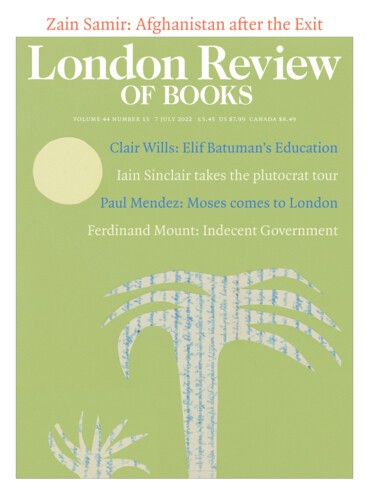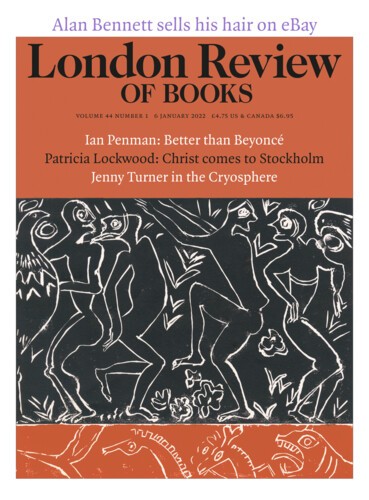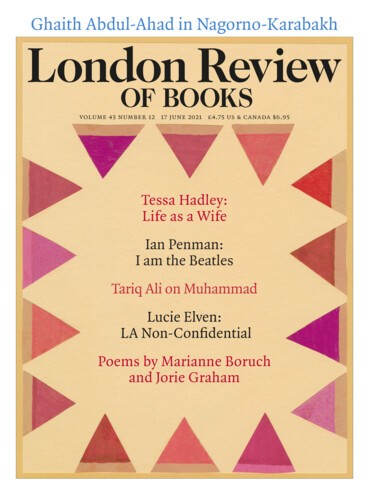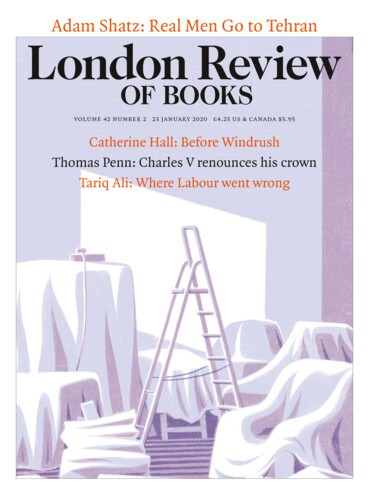Why waste time hot airing? The Best-Paid Woman in NYC
Francesca Wade, 26 June 2025
In her twenties, Belle da Costa Greene was one of the best-paid women in New York City. As J.P. Morgan’s personal librarian, she criss-crossed the Atlantic in pursuit of rare manuscripts to add to his collection, outbidding and outsmarting rivals wherever she went. During the last decades of the 19th century, Morgan had overseen an enormous transfer of wealth from Europe to the US,...
